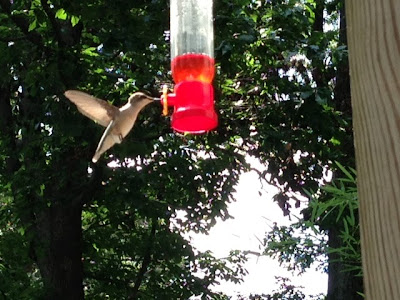They’re Baaack!
A late start for me today, and a late start for school in Fairfax County this year. September 8 is as late as it ever can be. But it’s happening soon. I know this not from the clock or the calendar but from the rumble on the street.
They’re baaack. The big yellow buses. I just saw two of them roll down the road behind the house and another one has been parked on a neighborhood side street for the last week and a half.
How can school buses still incite stomach-curdling anxiety after all these years?
Must be powerful, this back-to-school dread, even though once the first day or two was behind me I always enjoyed the back-to-school earnestness of September. I think it’s not just the start of school but the end of summer that the buses signify. The end of late nights and freedom. The beginning of tight shoes and regimentation.
But … the shoes had to be tight in the beginning or they’d be too loose later on. And the days had to be regimented or we’d all be a bunch of uneducated hooligans. So as much as I hate to say this … They’re baaack — and it’s about time!
(Big yellow bus from the inside. Courtesy Wikipedia.)


